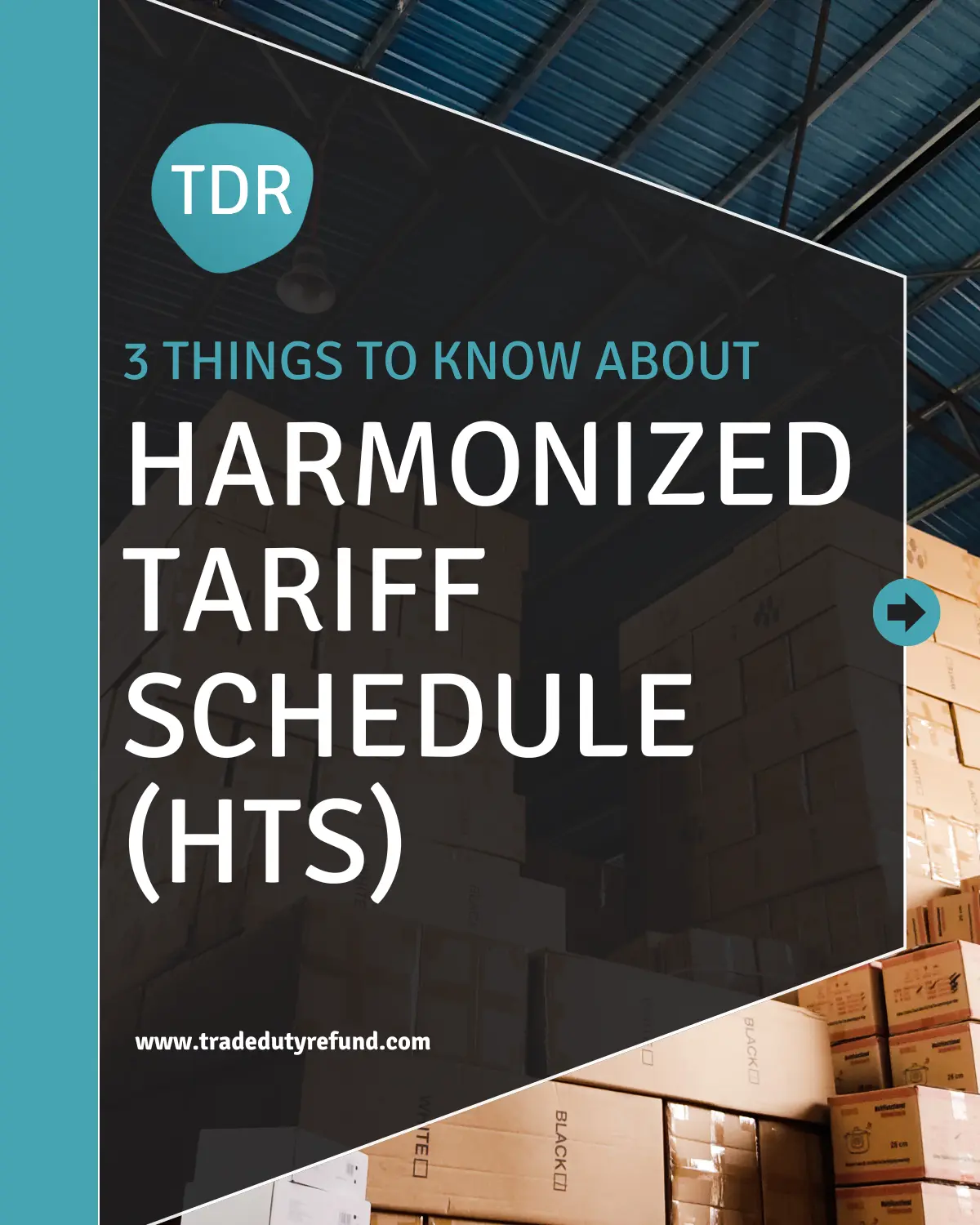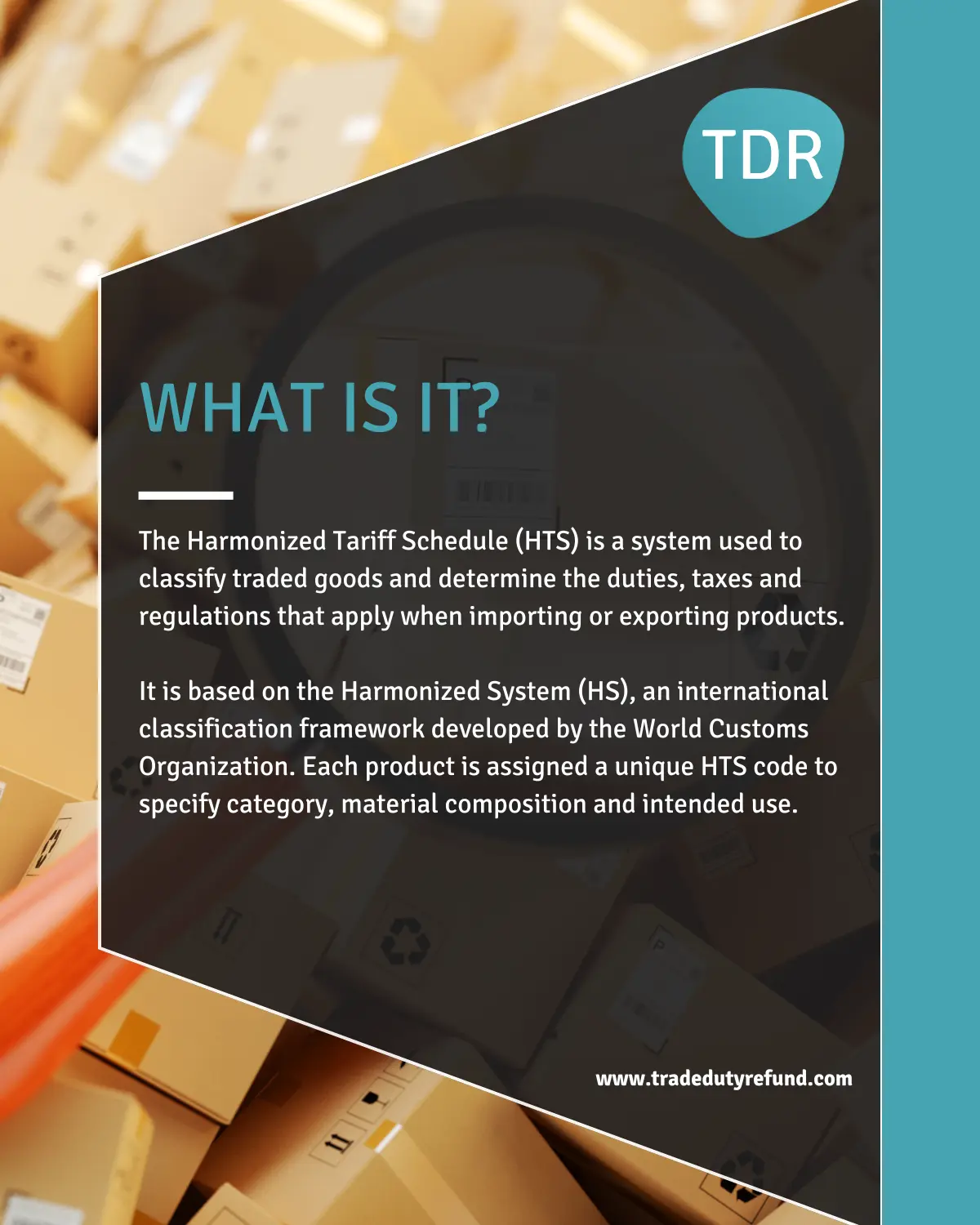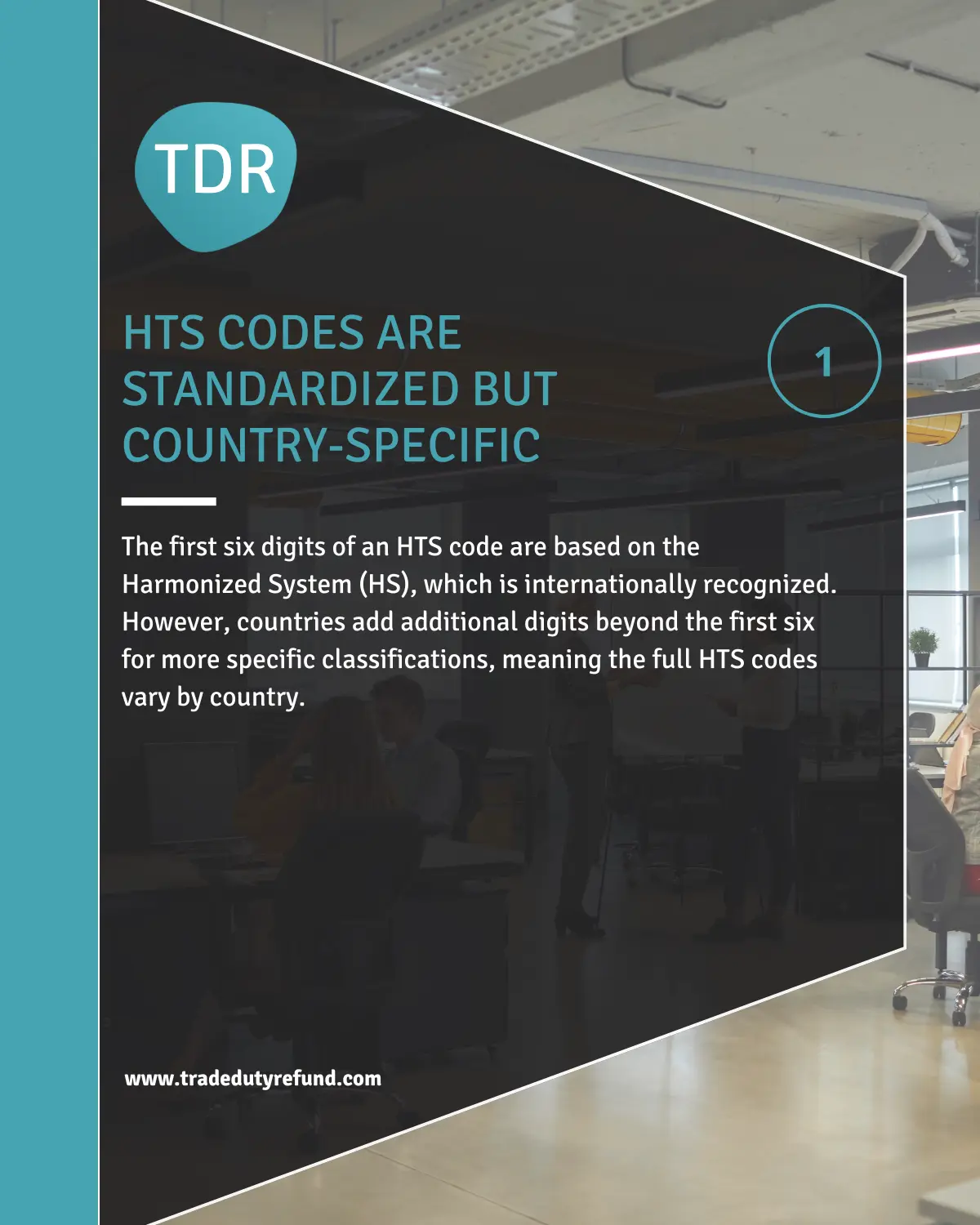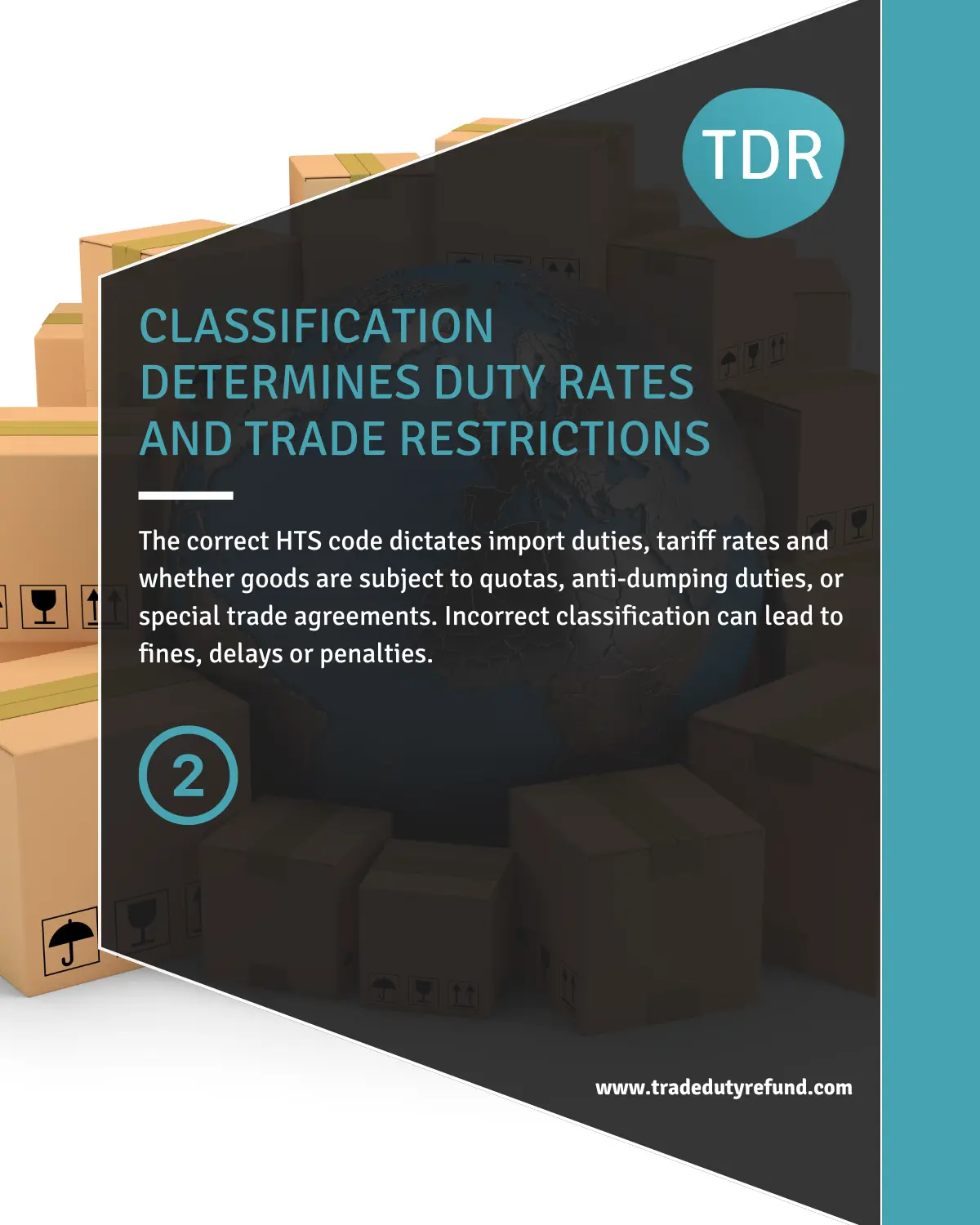Mastering Harmonized Tariff Schedule: A Guide for Cross-Border Retailers

With global trade consistently growing but facing increased uncertainty, businesses, especially cross-border retailers, must be more strategic and agile than ever. One crucial, but often overlooked, factor is the Harmonized Tariff Schedule (HTS).
HTS is the system that assigns codes to imported goods, determining duty rates, trade restrictions, and compliance requirements. This system is essential for international trade efficiency and can significantly impact e-commerce trends and cross-border trade.
With recent global trade shakeups and the Trump Administration’s imposition of 25% tariffs on Canada and Mexico, along with an additional 10% on China, now is the time for businesses to audit their HTS codes and optimize compliance to avoid costly surprises. This is particularly important for global retailers looking to manage customs costs and ensure smooth customs operations.
As a dedicated customs broker, Trade Duty Refund outlines some key information on HTS and helps companies with classification and filing. Understanding HTS codes is vital for duty drawback and reclaiming duties, making it a critical aspect for any b2c refund solution.
For e-commerce experts and those involved in international duty reclaim, mastering HTS codes can lead to significant savings and improved supply chain management. Whether you are looking to calculate duty drawback or explore duty-free returns, optimizing your HTS classification is a must.
In conclusion, staying ahead in the ever-changing landscape of global trade requires a proactive approach to HTS codes and duty refunds. By partnering with experts like Trade Duty Refund, businesses can navigate the complexities of customs duty drawback and ensure they are well-positioned for success in the international market.





